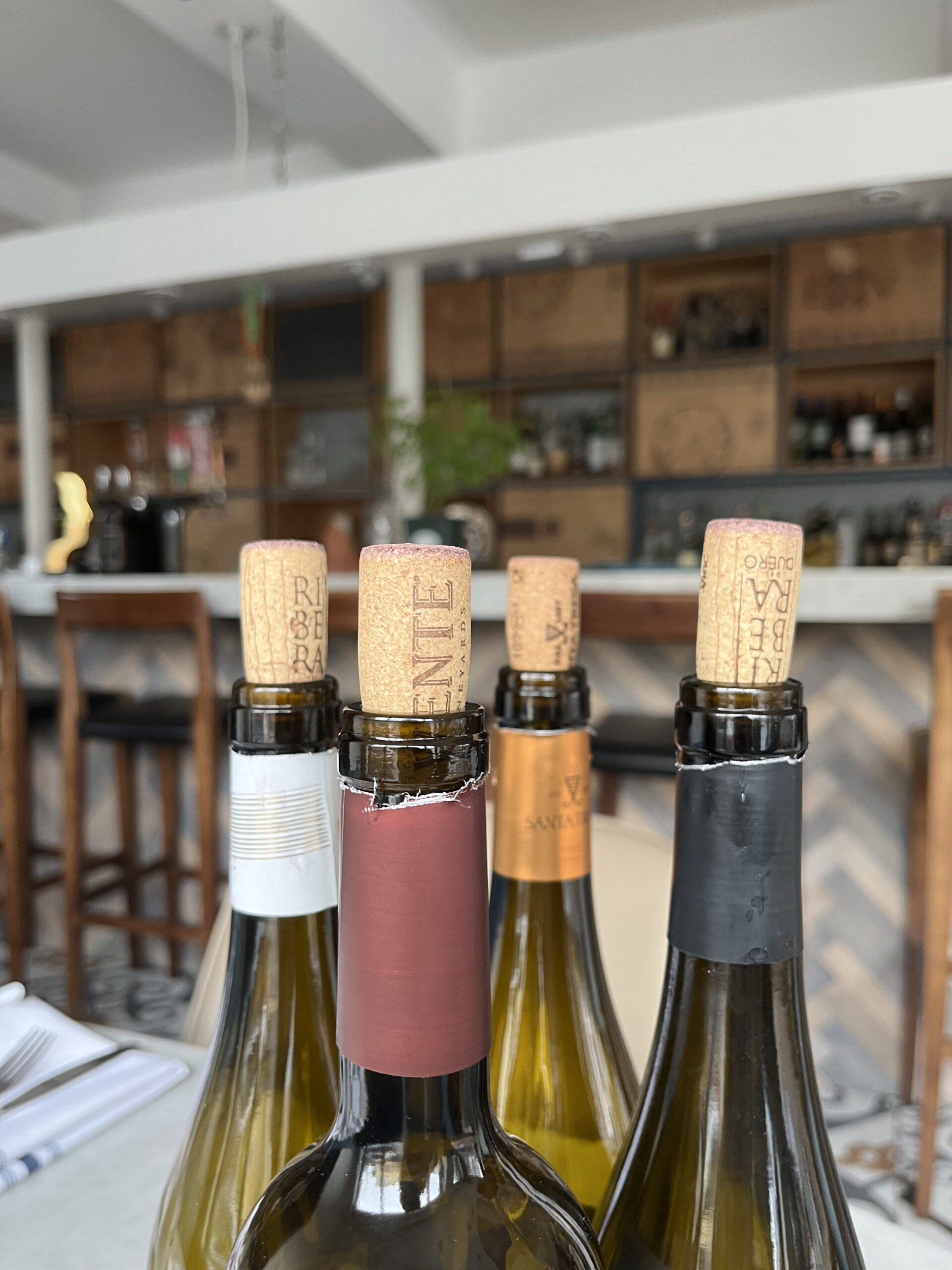The exact origin of the wine cork is a mystery – legend has it the monk Dom Pérignon first came up with the idea – but what historians do know is cork has been a wine stopper since the 17th century and has been used ever since. Cork is the perfect material as it resists moisture, does not rot, aids in the wine aging process, and effectively creates a leak-proof seal.
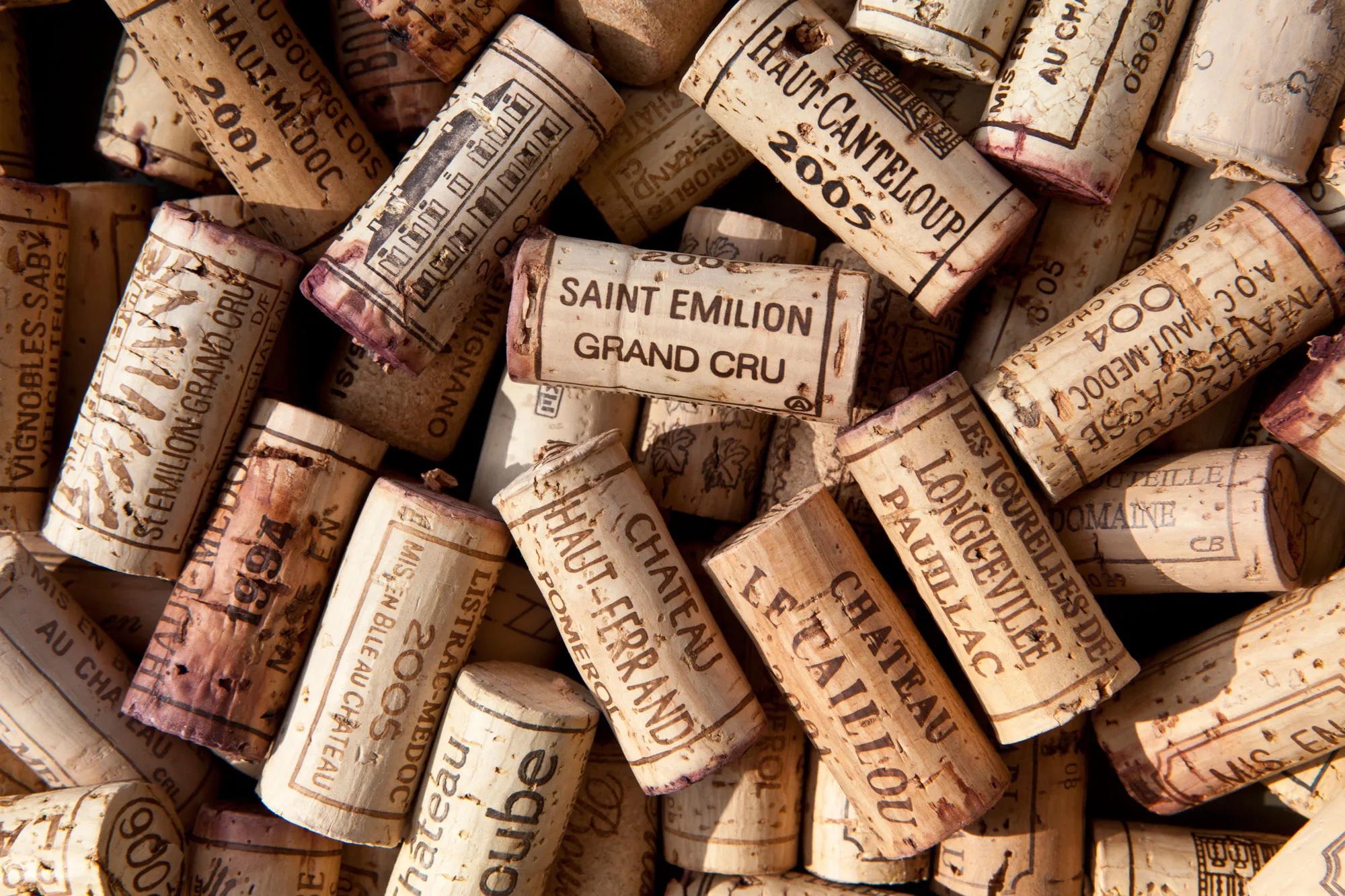
Wine corks come from the Quercus suber commonly known as the Cork Oak. These trees are native to the western-Mediterranean and most commonly found in Spain and Portugal.
The cork making process is similar to wine making in many ways. It involves patience and multiple aging periods. Like the grape vines used to make fine wines, Cork Oak must grow for 25 years before reaching maturity. The bark of the tree is what makes wine corks and is expertly harvested by hand every 9-12 years.
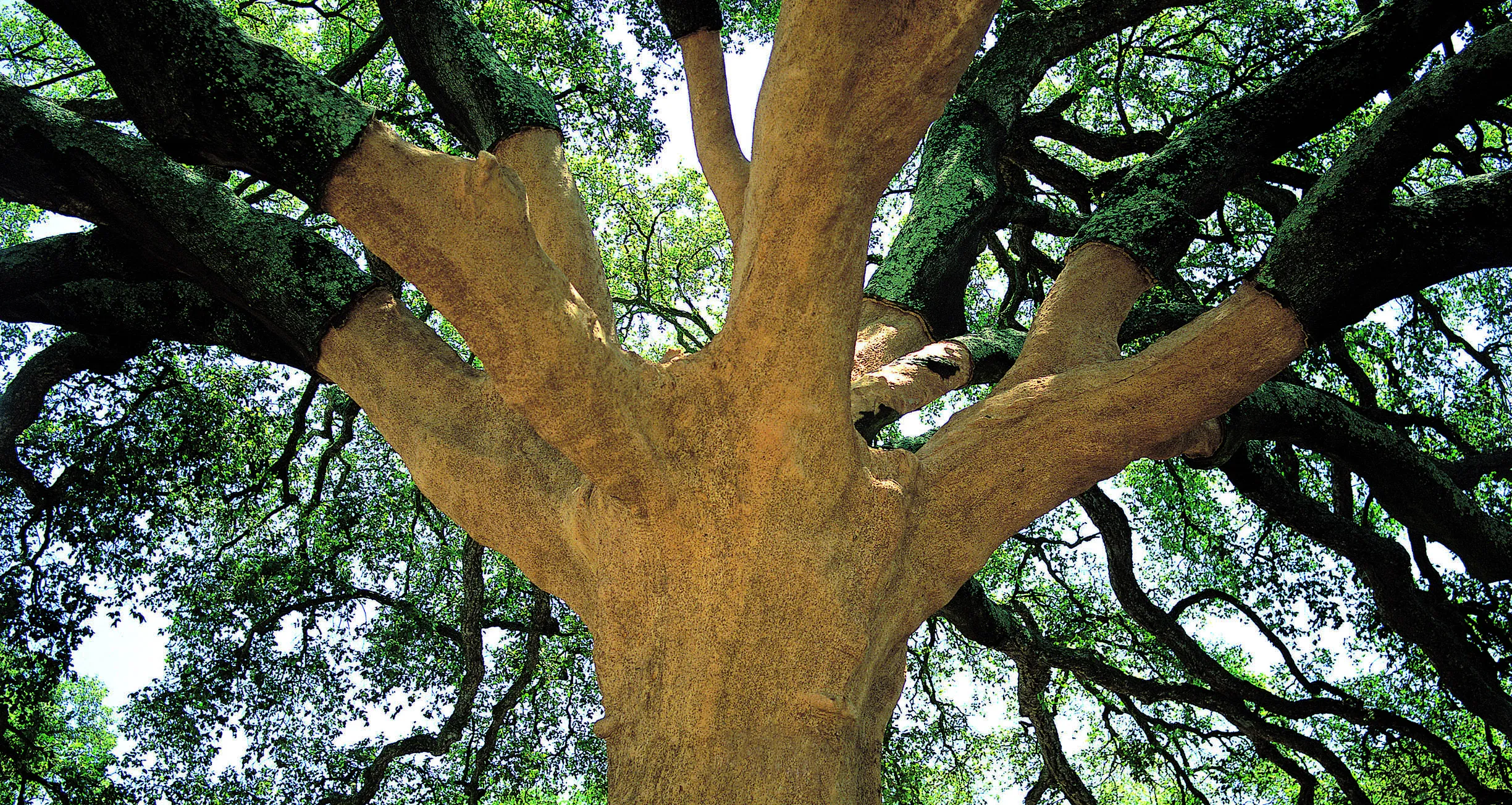
Once the bark is stripped from the tree it is left outside for about six months to “cure”. After the curing process it is boiled, a step that cleans the cork and also softens it. Next any low-quality bark is stripped away, the planks of cork are then left in a humidity-controlled area for a few more weeks. Afterwards each plank is graded and cut into strips.
The highest quality cork is punched into wine corks while lesser quality cork is ground up to make cheaper variations. The high-grade wine corks are more expensive and are used in top quality wines.
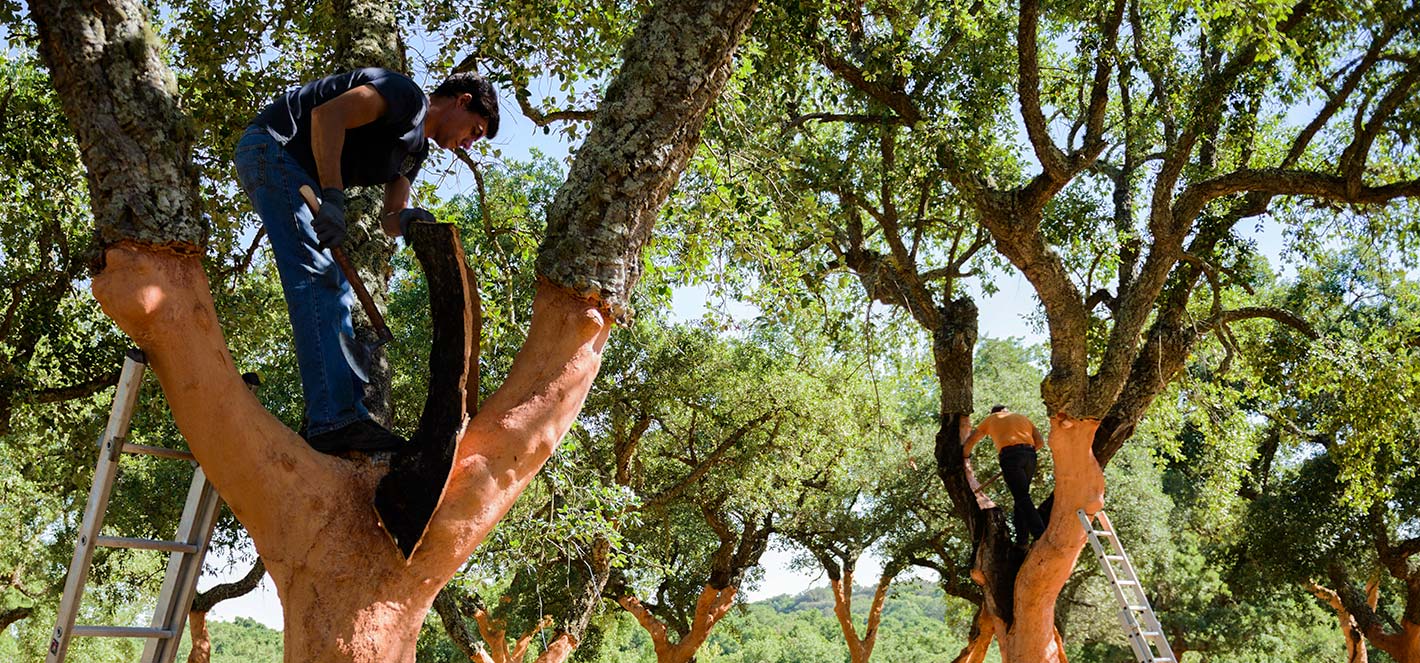
When corks were first used the corkscrew had yet to be invented. Bottles were not uniform, and their size was dictated by the glass blower’s lung capacity. For some time, corks stuck out the top of the wine bottle for the sake of removal. In 1795 the corkscrew was patented and by the 19th century corks were fully submerged in universally sized glass bottles.
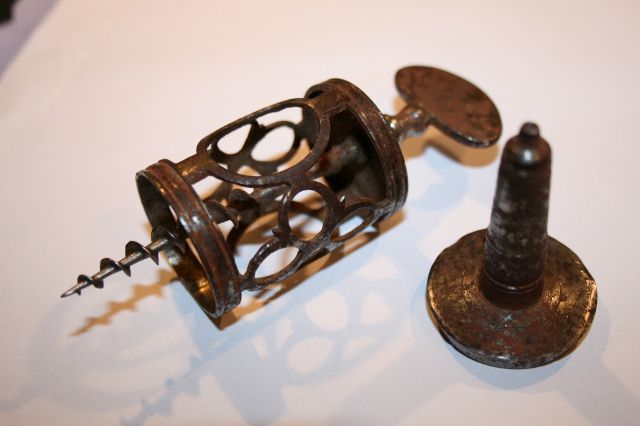
Cork is so effective at preserving wine that in 2010 a shipwreck in the Baltic Sea was discovered with 168 bottles of champagne onboard. A food biochemist tested the champagne and described the taste as “incredible.”
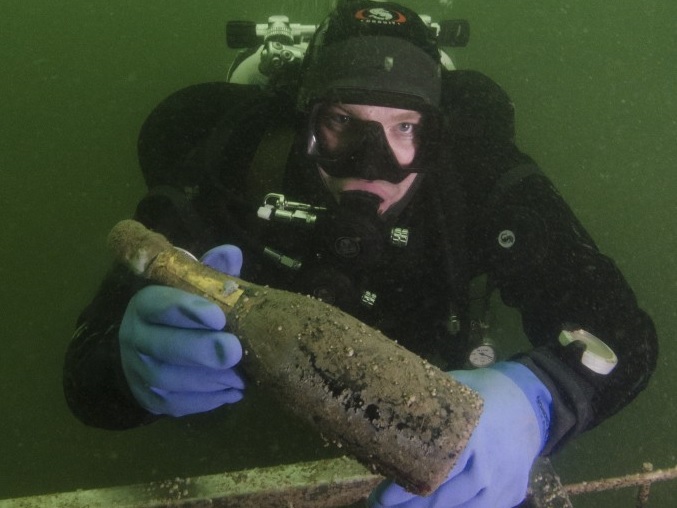
Cork is also incredibly environmentally friendly. The production of cork is carbon negative meaning every year cork forests of the Mediterranean offset 20 million tons of CO2.


